aNewDomain — “How to write an email” may not seem like the most embroiled topic. But communication is everything. Just take a look at Hillary Clinton’s email scandal.
Email has been around for decades, so you’d think everyone knows how to write one at this point, especially the former secretary of state and current presidential candidate.
Wrong.
Hundreds of millions of emails (to greatly understate) are sent by Americans and the world every single day. A huge number of those miss the mark. They don’t accurately communicate the writers’ intentions. They don’t make sense. They are rude, out of control or get lost in an endless data sea. Some emails are so stunningly inept that friendships dissolve and work relationships go up in flames.
It’s a crisis, really. Here are 10 clear steps that illuminate the basics of email etiquette.
1. Realize what an email actually is.
Email became popular in the 1990s, and in those early days the way to think of an email was like a telegram: informative, brief, sweet. But in the smartphone era text messages and instant messaging have become the ubiquitous form of short communiqués.
Emails, in their own right, have evolved backward in time. They now resemble the old-fashioned letter.
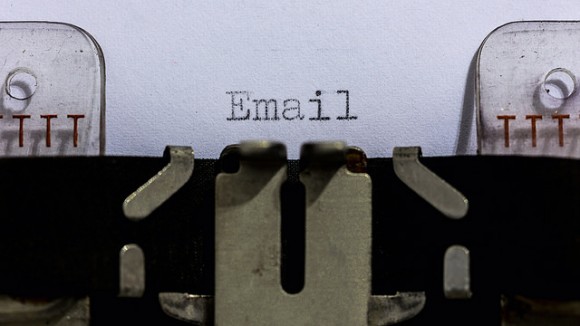 News, personal communication or work related — email is now the electronic message in which thoughts are expressed in detail. Nuance is built in, we can really pen our intentions again.
News, personal communication or work related — email is now the electronic message in which thoughts are expressed in detail. Nuance is built in, we can really pen our intentions again.
So, act like it. If an email is a letter, write it like a letter. Experts say emails should have traditional greetings in the body of text, even honorifics. “Dear Mrs. Johnson,” is not only appropriate but necessary, and you should close with phrases like “Very Truly Yours.”
2. Subject lines are where information is conveyed.
Avoid inane content-free lines like “hi” or “miscellaneous.” As the email mavens at the bulk emailing service MailChimp have found, straightforward descriptions of the content get emails opened at a higher rate. Also, headers like “Marriott Corporation loan offer – deal points” are a hell of a lot more useful than “our discussion” when you are trolling six months worth of Outlook archives in search of that one important email.
3. Derpy email addresses are not cool.
Avoid inappropriate or embarrassing email addresses. Simplicity is best. Short is best. I’m amazed at all the emails I get from people who have ridiculously long email addresses like robertjedwardselectronics@ …
The most effective email addresses are those that make perfect sense once you hear them. Even better are those that can be memorized.
4. Quote your content and give your recipient context.
My mom likes to copy me on her replies to her friends’ emails. The problem is, she doesn’t include a quote from the thing that she is referring to. So it’s impossible to get the gist of the conversation. Trying to guess what was originally said so that I can understand why she wants me to read it is an exercise in frustration.
If you are going back and forth on a topic, such as while negotiating business points, cite quotations from the received email throughout and place them appropriately next to your replies so that anyone can follow the paper trail.
5. Email is tone deaf. Don’t assume your emotions are obvious.
Linguistic subtleties like irony and sarcasm are easily lost when people read our emails, and so are our friendships. (Dave, if you’re reading this, I really was joking.) It’s a little extra work, but the best safeguard against misunderstandings, so that the recipient knows that you are not being disrespectful, curt, or just a jerk, is to be effusive and long-winded in your explanations.
 For example: “I greatly appreciate this opportunity and understand that budgetary limitations are necessarily an issue, but if you could see your way clear to considering an increase in my fee,” is going to go over better than, “Fee is too low, can you do better?”
For example: “I greatly appreciate this opportunity and understand that budgetary limitations are necessarily an issue, but if you could see your way clear to considering an increase in my fee,” is going to go over better than, “Fee is too low, can you do better?”
One way that I work around the urge to minimize my screen time by writing too short is to use dictation software like Siri.
When in doubt, write long.
6. Don’t address a myriad of topics in one email.
If you have three different topics — how much the car repair will cost, the nutritional content of an apple and that thing on John Stewart — send three different emails. This is where my advice above about subject headers becomes especially important. You’ll never be able to find that information again even if you get a response, assuming you haven’t sufficiently frustrated your recipient.
7. Don’t abuse cc and bcc.
If you aren’t sure that someone needs or wants to be part of a group email, leave them out of your list. Few things are more annoying than finding yourself part of a group discussion that won’t die when you have no interest in it. Always use bcc to protect the privacy of your email recipients who, for whatever reason, might not want their information shared with the rest of the group.
8. In an office, don’t use email for piddling messages that could more easily be executed with a simple one liner or two liner over the cubicle wall.
I used to work at a newspaper syndicate where the editor next door would email me to ask me whether she could ask me a question. My door was open. All she had to do was walk in and ask. Aside from being irritating, these trivial little emails clog up your archives, making it harder to find important stuff when you need it.
9. Don’t automatically erase your emails.
This is another sin my mom commits. She erases every email after she reads it, convinced that she is cleverly stymieing evil NSA and Moldovan hackers. I wouldn’t have a problem with this security measure if it were effective — i.e., she was performing 7-pass erasure of the empty space on her hard drive, but she isn’t. All she’s accomplishing with simple erasing is to deny herself access to information she might need again — because her “erased” files are still there on her hard drive, easily recoverable to anyone but her.
10. Minimize file attachments.
Just because your email service allows you to send a 7MB photograph doesn’t mean that you should. People on a slow LTE connection checking their email from, say, Afghanistan (cough cough) shouldn’t have to wait 15 minutes for your Grumpy Cat meme to download. From a smartphone, use the “small file” setting to send photos. From a laptop or desktop computer, use a photo-processing program like Apple’s Preview or Photoshop to reduce the resolution to 72 dpi and a reasonable width of, say, 5 inches. In Photoshop, when available, use LZW compression.
You wouldn’t believe how many professional graphic artists don’t know how to compress a file. Compression also comes in handy when you are storing lots of files for archival purposes.
If you have something truly monstrous (over 10MBS, let’s say) to send, like a video, send a link, not the actual file itself.
11. Bonus: reread your text.
Take an extra moment to reread everything, including double checking the names and email addresses of your recipients – AutoCorrect can lead you astray – before hitting “Send.” You may want to consider buying one of the apps that allow you to schedule the sending of an email for later. (They’re especially useful for writing in sick on days that you are planning to sleep in late.)
Many a heartbreak could have been avoided by taking an extra moment to ask oneself: Am I really really really sure I want to send this?
If you have to ask …
For aNewDomain, I’m Ted Rall.
Ed: The original version of this review ran on aNewDomain’s BreakingModern. Read it here.
Images in order:
Typwriter Email: by Dennis Skley via Flickr; IBM Data Processing: via Wikimedia Commons.

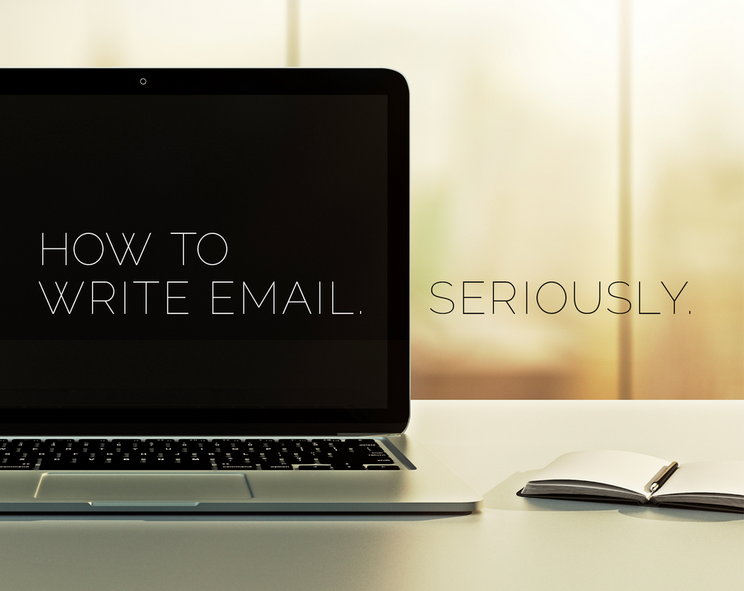
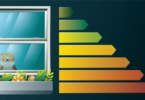








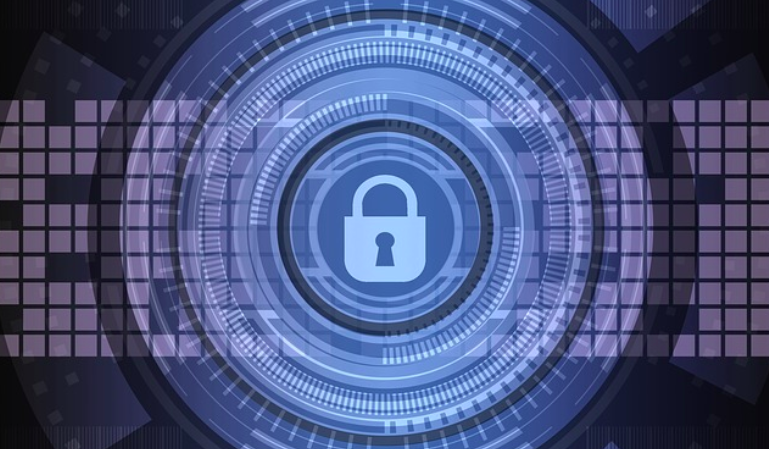
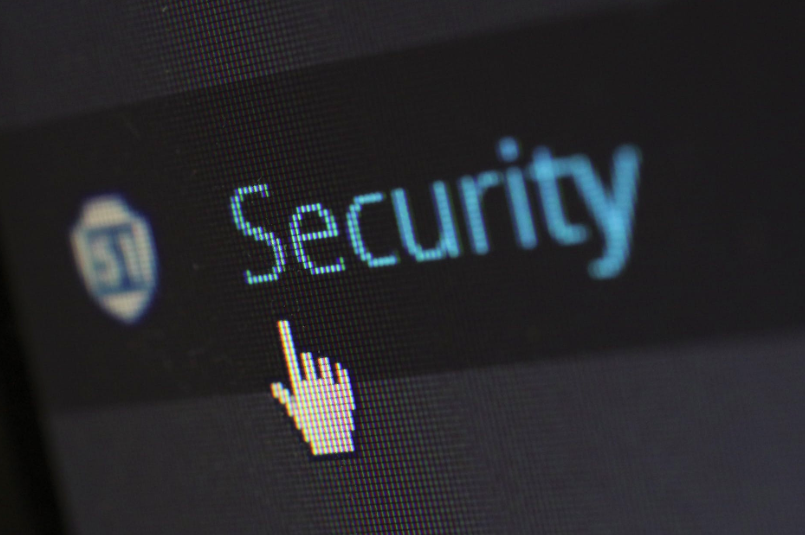

All good tips! Email is a more thoghtful, archiveable form of communication than text messages, which are stream oriented. The difference is similar to that between a blog post and tweet.
Another tip — pay attention to grammar and spelling and read a message out loud before you send it — your ear will catch errors and awkward workding.